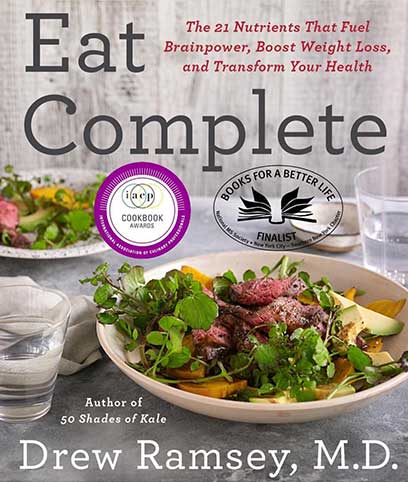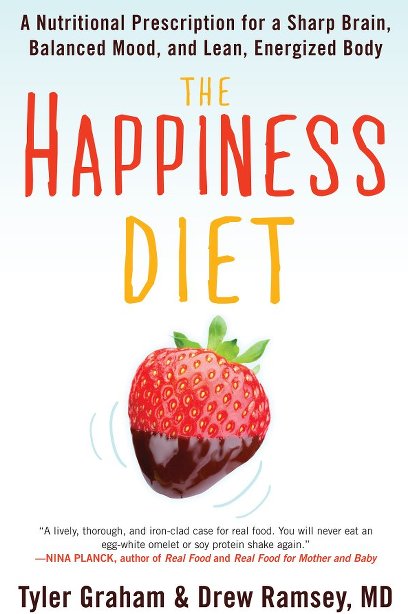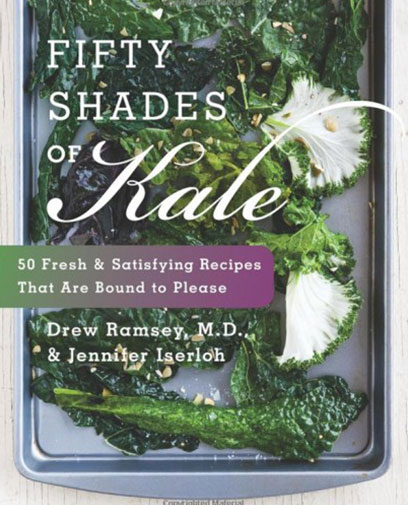This study determined that 40% of the European population suffers from some kind of mental illness.
| Authors | H.U. Witchen, F. Jacobi, J. Rehm, A. Gustavsson, M. Svensson, B. Jonsson, J. Olesen, C. Allgulander, J. Alonso, C. Faravelli, L. Fratiglioni, P. Jennum, R. Lieb, A. Maercker, J. van Os, M. Preisig, L. Salvador-Carulla, R. Simon, H.C. Steinhausen |
| Institution | Institute of Clinical Psychology and Psychotherapy, Technische Universität Dresden, Germany |
| Publication Name | European Neuropsychopharmacology |
| Publication Date | September 2011 |
Aims: To provide 12-month prevalence and disability burden estimates of a broad range of mental and neurological disorders in the European Union (EU) and to compare these findings to previous estimates. Referring to our previous 2005 review, improved up-to-date data for the enlarged EU on a broader range of disorders than previously covered are needed for basic, clinical and public health research and policy decisions and to inform about the estimated number of persons affected in the EU.
Method: Stepwise multi-method approach, consisting of systematic literature reviews, reanalyses of existing data sets, national surveys and expert consultations. Studies and data from all member states of the European Union (EU-27) plus Switzerland, Iceland and Norway were included. Supplementary information about neurological disorders is provided, although methodological constraints prohibited the derivation of overall prevalence estimates for mental and neurological disorders. Disease burden was measured by disability adjusted life years (DALY).
Results: Prevalence: It is estimated that each year 38.2% of the EU population suffers from a mental disorder. Adjusted for age and comorbidity, this corresponds to 164.8million persons affected. Compared to 2005 (27.4%) this higher estimate is entirely due to the inclusion of 14 new disorders also covering childhood/adolescence as well as the elderly. The estimated higher number of persons affected (2011: 165m vs. 2005: 82m) is due to coverage of childhood and old age populations, new disorders and of new EU membership states. The most frequent disorders are anxiety disorders (14.0%), insomnia (7.0%), major depression (6.9%), somatoform (6.3%), alcohol and drug dependence (>4%), ADHD (5%) in the young, and dementia (1-30%, depending on age). Except for substance use disorders and mental retardation, there were no substantial cultural or country variations. Although many sources, including national health insurance programs, reveal increases in sick leave, early retirement and treatment rates due to mental disorders, rates in the community have not increased with a few exceptions (i.e. dementia). There were also no consistent indications of improvements with regard to low treatment rates, delayed treatment provision and grossly inadequate treatment. Disability: Disorders of the brain and mental disorders in particular, contribute 26.6% of the total all cause burden, thus a greater proportion as compared to other regions of the world. The rank order of the most disabling diseases differs markedly by gender and age group; overall, the four most disabling single conditions were: depression, dementias, alcohol use disorders and stroke.
Conclusion: In every year over a third of the total EU population suffers from mental disorders. The true size of “disorders of the brain” including neurological disorders is even considerably larger. Disorders of the brain are the largest contributor to the all cause morbidity burden as measured by DALY in the EU. No indications for increasing overall rates of mental disorders were found nor of improved care and treatment since 2005; less than one third of all cases receive any treatment, suggesting a considerable level of unmet needs. We conclude that the true size and burden of disorders of the brain in the EU was significantly underestimated in the past. Concerted priority action is needed at all levels, including substantially increased funding for basic, clinical and public health research in order to identify better strategies for improved prevention and treatment for disorders of the brain as the core health challenge of the 21st century.








